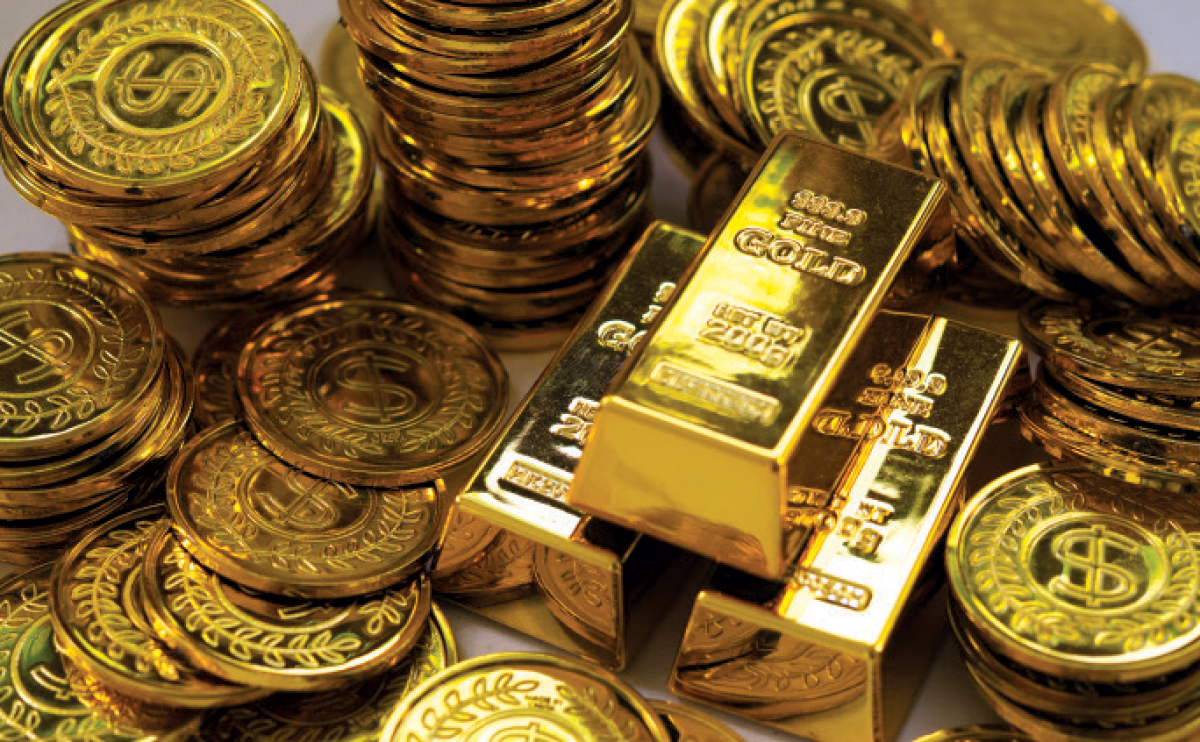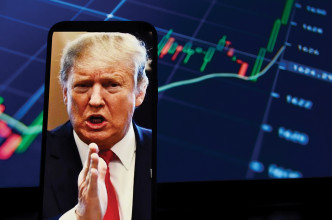
As I write this article, gold has surpassed all records in the domestic and international markets with prices skyrocketing to all-time highs. In the global market, gold has reached $2,685.68 per ounce. In the domestic market, the value of fine gold has summited to Rs 161,200 per tola according to the Federation of Nepal Gold and Silvers Dealers’ Association (FENEGOSIDA).
With the brewing geopolitical tensions globally, the yellow metal stands tall amidst stiff competition from other precious metals. The bullion has long been considered a safe haven instrument with traders turning to gold during economic uncertainty. While gold continues to be the saving grace in investment portfolios, its performance can diverge depending on the prevailing economic environment. Traders eagerly look forward to the next step of the Federal Reserve and the repercussions underlying the actions. This article dwells on every move of the Fed and discounts the probable effect on the markets.
Declining Rates, Declining Inflation & Slowing Economy
In historical context, gold has performed modestly during periods of declining interest rates and declining inflation along with a slowing economy. An example of this occurred during the early 2000s especially from 2001 to 2003. After the dot com bubble burst and the 9/11 attacks on US soil, the economy slowed significantly. The US central bank responded by announcing interest rates cut from 6.5% in January 2001 to 1% in June 2003. Due to the rate cuts, inflation declined from 3.4% in 2000 to 1.6% in 2002.
The performance of gold during this phase can be termed as positive. The value of gold climbed from around $270 per ounce in early 2001 to $350 per ounce by the end of 2003. The jump represented a gain of around 30% over the period. The gradual performance of gold can be attributed to several factors. The deflationary environment and slowing economy created conflicting pressures while lower rates supported gold prices by reducing the opportunity cost of holding the non-yielding instrument.
it is important to note that the bullion market is characterised by a multitude of factors and the complex interaction of economic, geopolitical and market factors. The interplay of factors can sometimes deviate from historical patterns and analysis.
Fast forward to the Fed’s decision and beyond, a hybrid solution may evolve where inflation is controlled without triggering a recession that could still support the bullion prices through a mix of inflation concerns and accommodative policy. This could hypothetically make the yellow metal a hedge in the upcoming days.
Rapidly Declining Rates, Declining Inflation & Rapidly Slowing Economy
Investors seek safe haven assets when periods of rapidly declining rates coupled with declining inflation and a rapidly slowing economy occur. The primary example of this phenomenon developed during the Global Financial Crisis of 2008. As the crisis slowly spread globally, the Fed cut rates from 5.25% in September 2007 to zero by December 2008. The US economy spiralled down sharply, with gross domestic product declining by 2.5% in 2009. Inflation also followed, with the rates falling from 3.8% in 2008 to -0.4% in 2009.
Gold performed remarkably well during this phase. The value of gold increased from around $700 per ounce in late 2007 to over $1,000 per ounce by early 2009. The prices continued to climb thereafter reaching the then all-time high of $1,920.69 in September 2011. The strong performance of gold can be credited to its status as a safe haven asset. As the financial crisis was on the brink of collapse and traditional investment assets like stocks plunged in value, traders turned to alternative instruments like gold. Currently, any signs of a more threatening downturn could drive more aggressive action from the Fed and reignite the role of gold as a safe haven.
Declining Rates, Climbing Inflation & Stable Economy
From 2003 to 2006, the US economy was comparatively stable with GDP growth averaging around 3% annually. Inflation climbed modestly from 1.6% in 2002 to 3.2% by 2006. The Fed began a gradual tightening phase in 2004 but maintained a generally accommodative outlook.
During this period, the value of gold performed strongly rising from $350 per ounce in early 2003 to over $700 per ounce by 2006, a rise of 100% in over three years. The positive performance can be credited to a combination of factors. The hike in inflation created a demand for gold as an inflation hedge and the opportunity cost of gold remained relatively low due to gradual increase of interest rates. As of now, the central bank is signalling potential rate cuts while inflation remains above the expected levels. This scenario could ultimately benefit gold, mirroring the period between 2003 and 2006.
Conclusion
While the aforementioned patterns can provide important insights, it is important to note that the bullion market is characterised by a multitude of factors and the complex interaction of economic, geopolitical and market factors. The interplay of factors can sometimes deviate from historical patterns and analysis. As the Fed continues to evaluate and regulate the monetary policy, gold will be in the limelight for many stakeholders as we enter the last phase of 2024.






